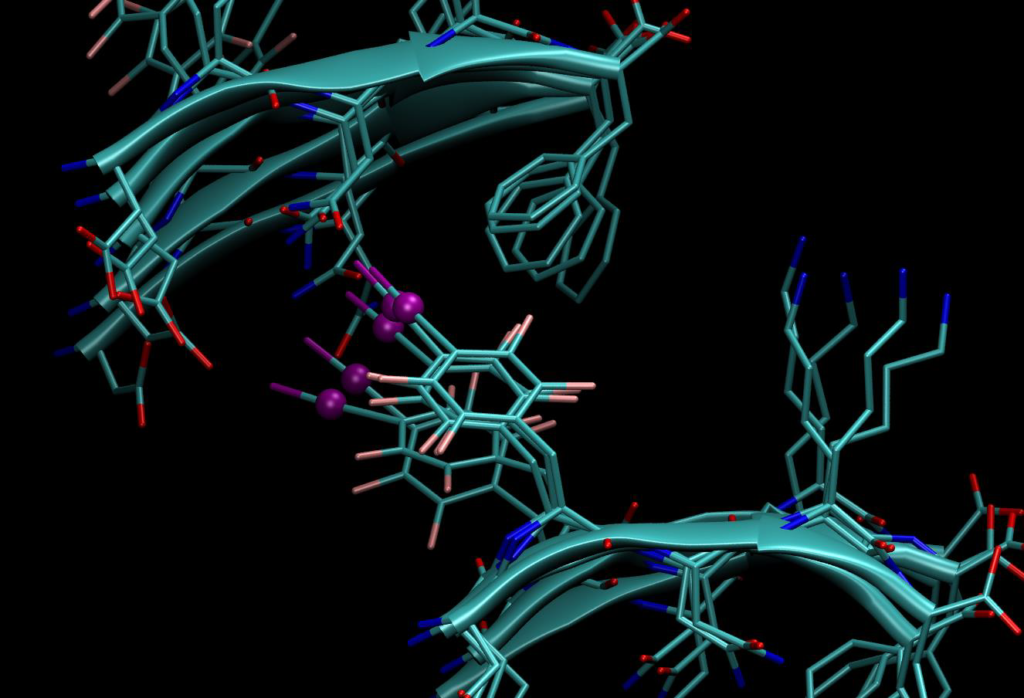Professor Pierangelo Metrangolo , of the Giulio Natta Department of Chemistry, Materials and Chemical Engineering of the Politecnico di Milano has been awarded the 2021 Giorgio Modena Medal .
The award ceremony took place during the XXVII National Congress of the Italian Chemical Society. The Medal, established in 2019, is awarded every two years to honour the memory and work of Giorgio Modena, one of the masters and pioneers of research in organic physical chemistry. The Managing Board of the Division of Organic Chemistry awarded the prestigious honour to Professor Metrangolo for:
"originality and methodological rigour of his research on the chemistry of halogenated compounds. Starting from pioneering studies on weak intermolecular interactions based on halogen bonding, his research enabled molecular and supramolecular materials to be fine-tuned resulting in innovative spin-offs and applications in sectors ranging from materials science to biology ".

"This is a great recognition for a scientist working on intermolecular interactions," commented Professor Metrangolo. "And it is an honour that I share with my colleagues in the research group. In particular, with Giuseppe Resnati ((of whom we have spoken on MAP 9, page 40) with whom I had the good fortune to discover something new in chemistry, which will be further studied and researched for decades.”
Metrangolo refers to the halogen bond, discovered by the two scientists of the laboratories of the Department of Chemistry of the Politecnico di Milano in the late 90s, and which represented a real revolution in our understanding of intermolecular bonds. The discovery was then researched further at the Politecnico di Milano also as part of several ERC research projects funded by the European Commission (for example, we have previously mentioned Minires, a new peptide bioelastomer, characterized by exceptional elastomeric properties, in MAP issue 6, on page 31) and developed for industrial application starting in 2017 thanks to Switch2Product (in MAP issue 9, on page 32, we talked about the Innovation Challenge of Politecnico di Milano and how the "technology readiness level" of an invention is developed). .
In 2013, IUPAC defined "halogen bonding" as the the intermolecular interaction involving halogen atoms in a molecule as electron density acceptors. This definition highlighted the similarities of this new intermolecular interaction with commonly known hydrogen bonding, but also the more pronounced directionality of the former. Halogen bonding can now be considered for all intents and purposes as a a new tool for chemists worldwide to design and manufacture new materials and drugs (Figure 1).

Metrangolo said, with a note of irony: "We didn't invent it: nature was already aware of halogen bonding. One of the most significant examples of the use of halogen bonding in nature is the thyroid hormone, thyroxine, , which has 4 iodine atoms in its chemical structure: these interact, via halogen bonding, with biomolecules in our body." The discovery of halogen bonding will help chemists and nanotechnologists design new materials based on this interaction that binds molecules together "as if they were molecular bricks," the researcher explained, "allowing the properties of the material to be modulated: for example, new drugs, from thyroid-supporting drugs to anticancer drugs that bind to the target with halogen bonding, or even for applications in cosmetics and reparative medicine" (Figure 2).
